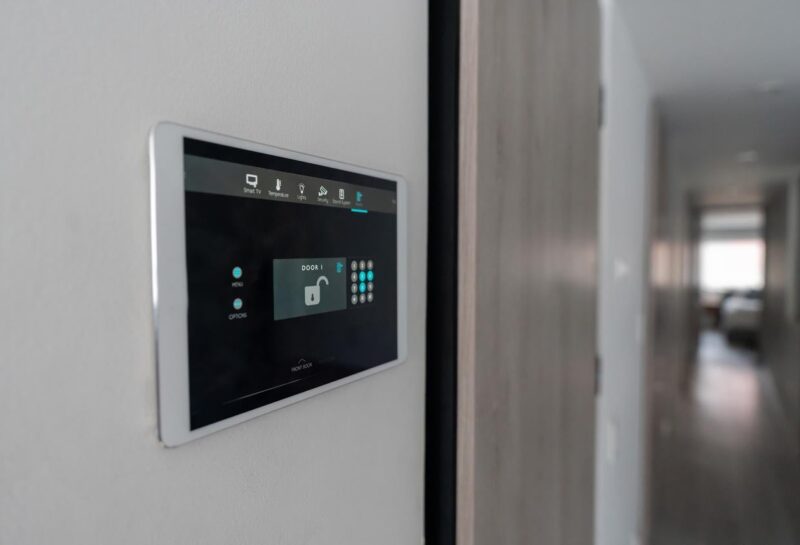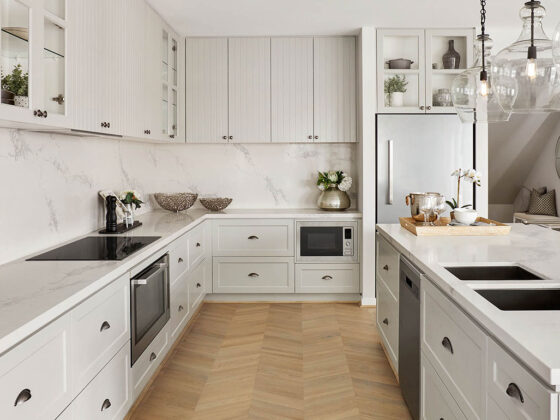In their effort to ensure that tenants have a pleasant and relaxed stay, owners and managers of apartment buildings must take every necessary step to insulate the property from a number of risks.
In 2021/2022, a home in England or Wales was burgled every 164 seconds. Other risks faced by those living in apartment buildings include vandalism, violence, and fires.
This article will focus on five security system features that apartment buildings absolutely cannot miss.
1. Comprehensive Video Monitoring Solutions
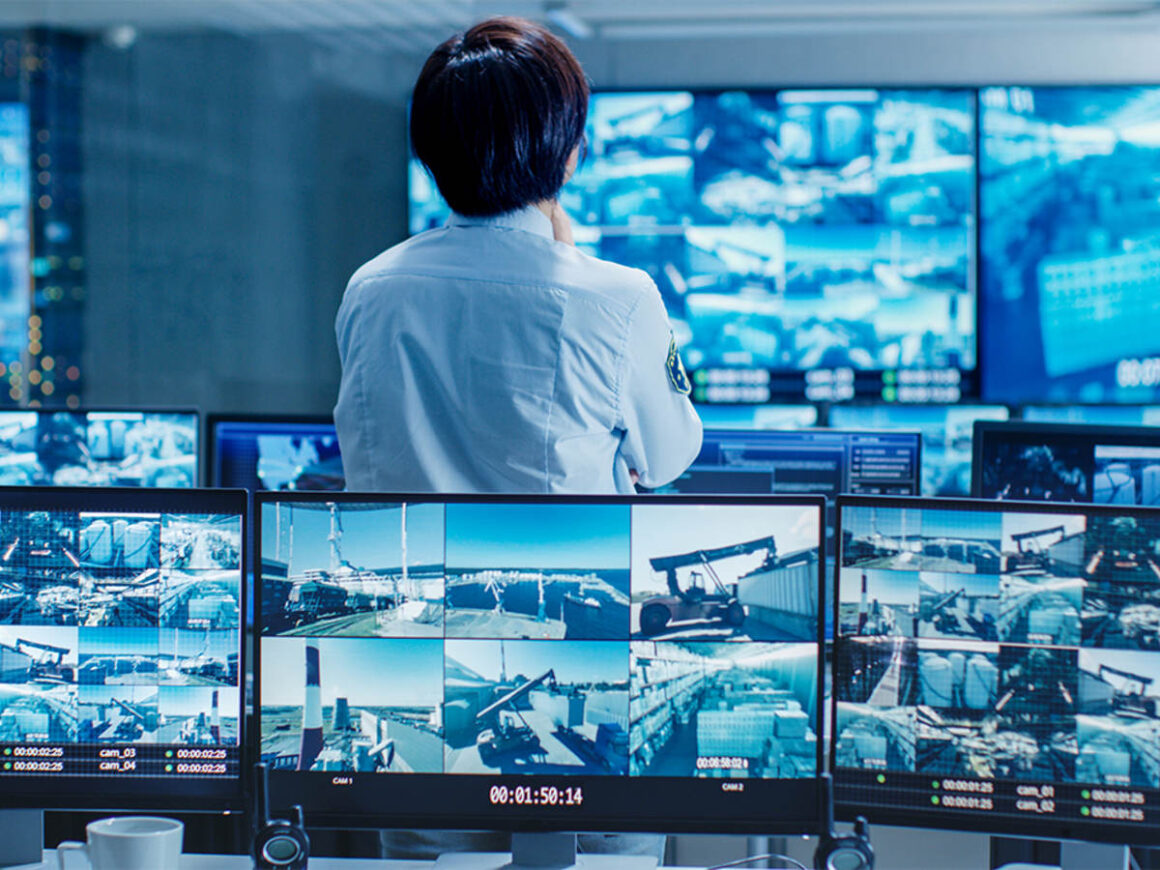
Installing video cameras in your apartment building has multiple security benefits.
First of all, a video monitoring system makes it easier for the building’s security staff to keep an eye on what’s going in and around the property at all times.
Second, video cameras are a powerful deterrent against ill-intentioned individuals. After all, criminals are much less likely to commit illicit acts if they know they’re at risk of being recorded.
Last but not least, authorities and prosecutors can use video footage as evidence when a crime has indeed been committed.
For a video security system to be effective, selecting the right cameras and placing them strategically in and around the building is important.
It’s important to pick cameras that allow you to capture clear images even when it’s dark. Cameras should also have a wide field of view, which will allow them to cover as much ground as possible.
The most important spots to install apartment building video cameras include entrances, hallways, stairs, and lobbies. Don’t forget to install a parking lot camera system, too, as criminals may target your tenants when they are getting in or out of their cars.
2. Modern Access Control Measures

The purpose of access control solutions is to ensure that only authorized individuals can enter the building and its individual areas. They are crucial to protecting tenants and staff from criminals and malicious actors.
Traditionally, apartment buildings have relied on simple locks and keys as primary access control solutions. Over the years, card and fob readers (as well as keypads on intercoms) have become popular too.
However, these tools are all relatively easy to steal and copy. That’s why recent trends are shifting towards solutions that rely less and less on physical instruments.
One example is apps that allow tenants and workers to use their mobile devices as access control tools. While these devices can also be lost or stolen, they are usually more challenging to use than a key or card because they typically require a pass. Moreover, the primary user can quickly deactivate digital credentials through another device.
Facial recognition is also increasing in popularity. These access control technologies work by registering a tenant’s face and using it to grant them access to the building.
You should also consider implementing Multi-Factor Authentication (MFA) to grant access to susceptible areas (e.g., back offices or server rooms). This procedure requires the user to complete two or more security checks before he can access the premises. For example, security staff may have to enter a pin and pass a biometric scan before they are allowed to access the control room.
3. Proper Lighting
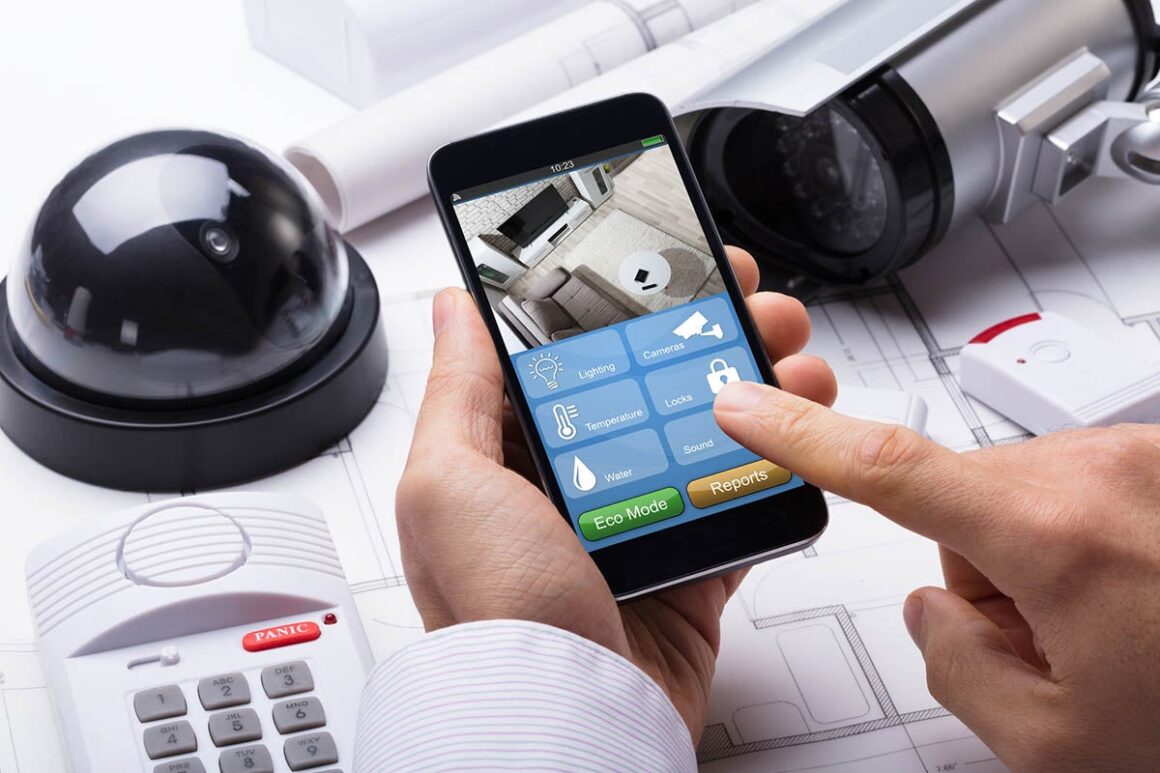
Apartment building owners and managers should not underestimate the importance of lighting to create a safer environment.
Good lighting can help deter criminal activities and provide residents and visitors with an increased feeling of safety. It’s also helpful in reducing the risk of accidents caused by poor visibility.
The size of the area and the activities that take place there are both crucial factors when choosing the right type of lights for your apartment building.
For example, wall packs can be more effective than overhead lights in ensuring that otherwise dark stairwells are properly lit.
Energy efficiency is also essential when planning your buildings’ lighting system. For instance, LED bulbs are highly energy efficient and reduce electricity bills significantly.
4. Door and Window Sensors
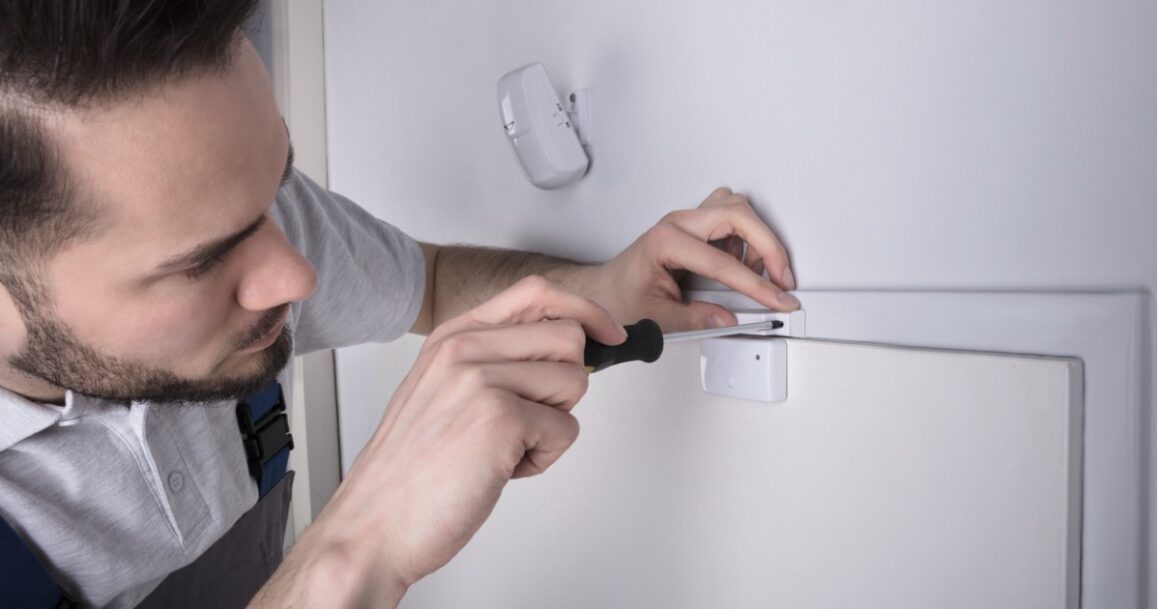
These sensors can send an alert when somebody suspiciously opens doors and windows (e.g., forced entry). An automatic alert is triggered when this happens, allowing security personnel or authorities to intervene swiftly and neutralize the threat.
It’s important to install these sensors on doors and windows that are particularly exposed to intrusion attempts, like those located on the ground floor. You should also consider installing them on each apartment unit’s door. This can provide tenants with a higher sense of safety.
Ensuring the safety of an apartment building requires advanced security features. A Commercial Door Entry System is essential for managing access and maintaining a secure environment for residents.
5. Smoke and Carbon Monoxide Detectors
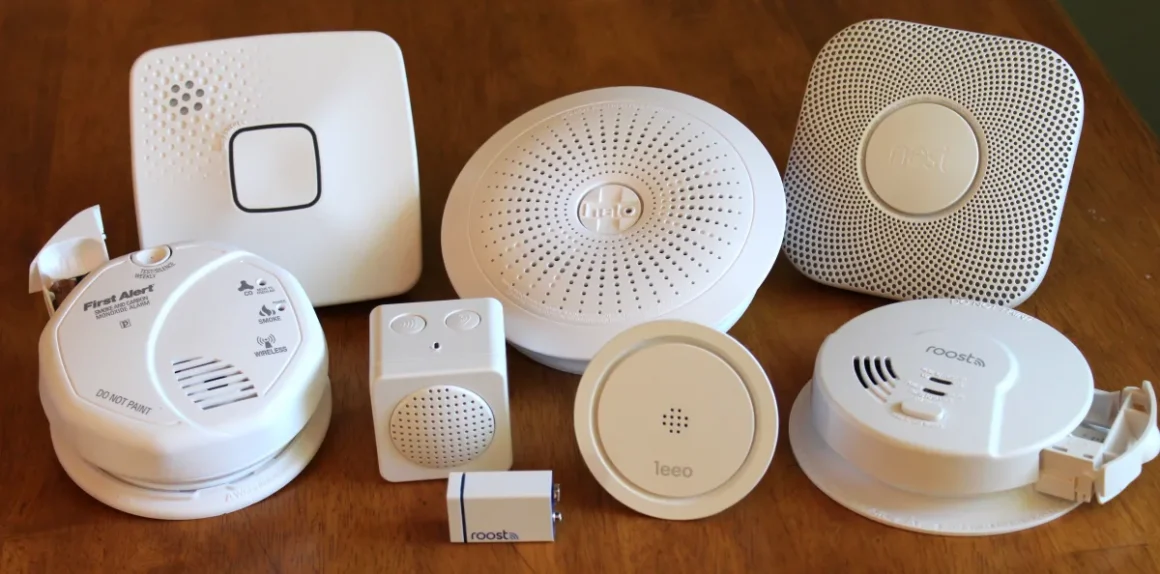
Two serious threats to tenants’ safety are fire and carbon monoxide poisoning. Because both smoke and carbon monoxide are odourless and invisible, apartment buildings must feature devices that are capable of detecting them before they cause any severe damage.
In addition to common areas, smoke, and carbon monoxide detectors should be added to any apartment unit.
It’s also crucial to perform regular maintenance on these detectors to ensure they work correctly.
Tenants should also be educated on how to behave when these detectors are triggered. They should know how to safely evacuate the building and use fire extinguishers.
